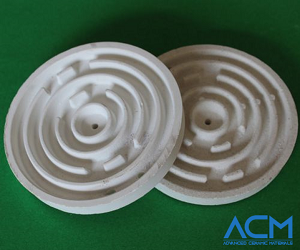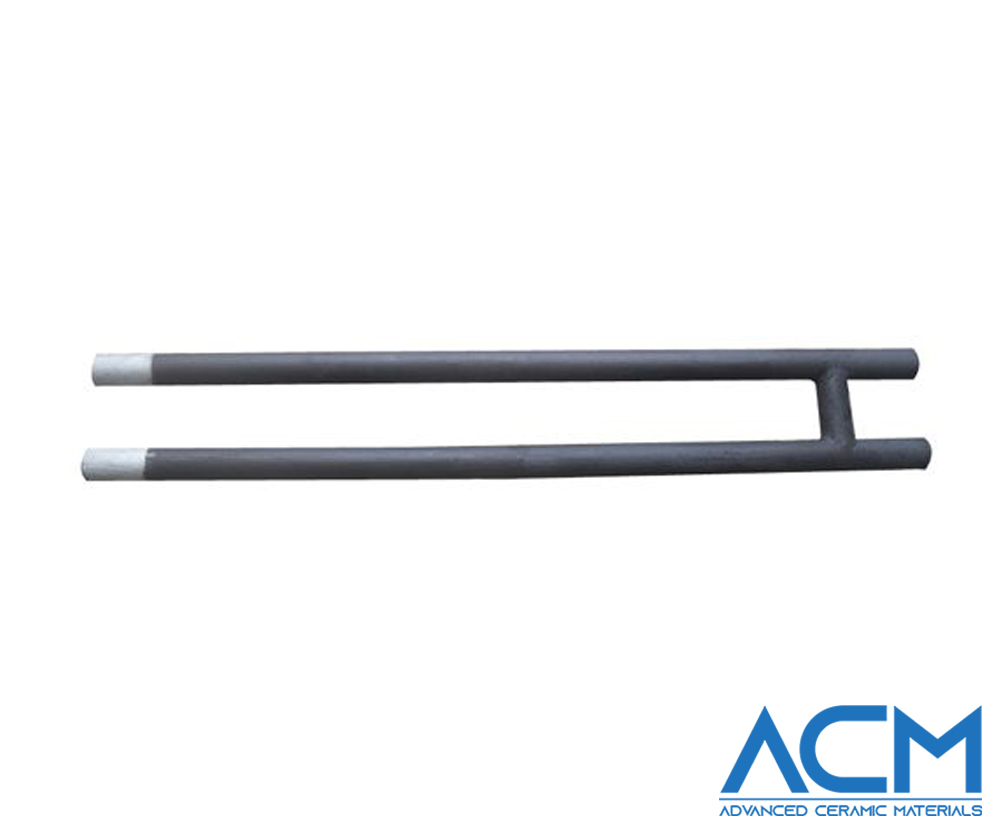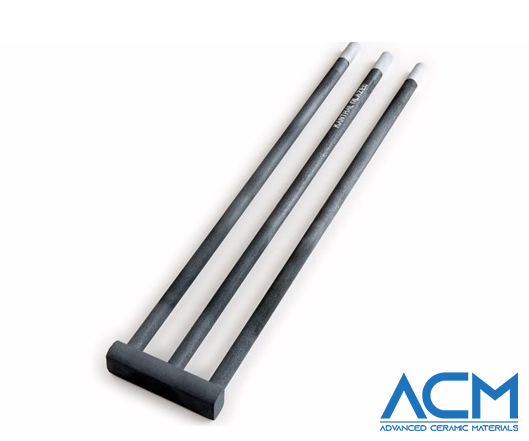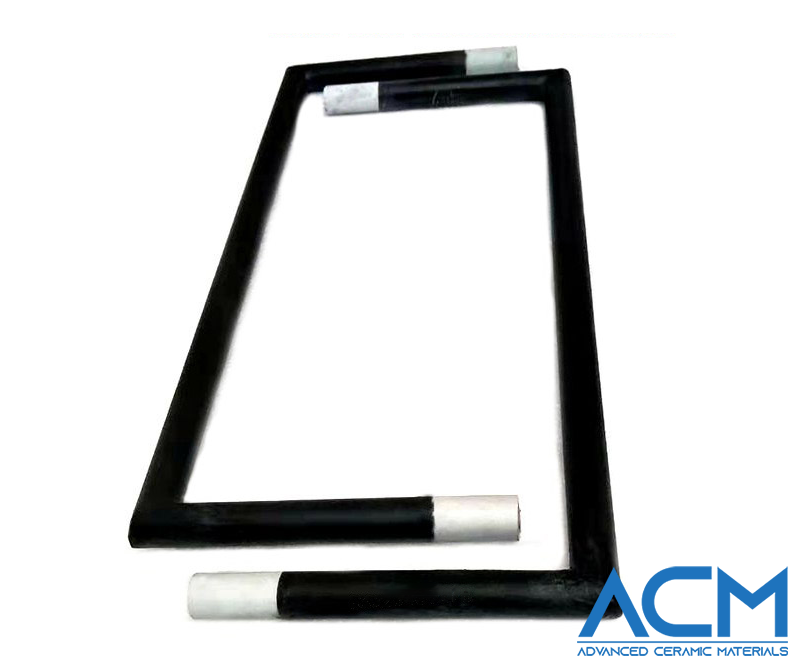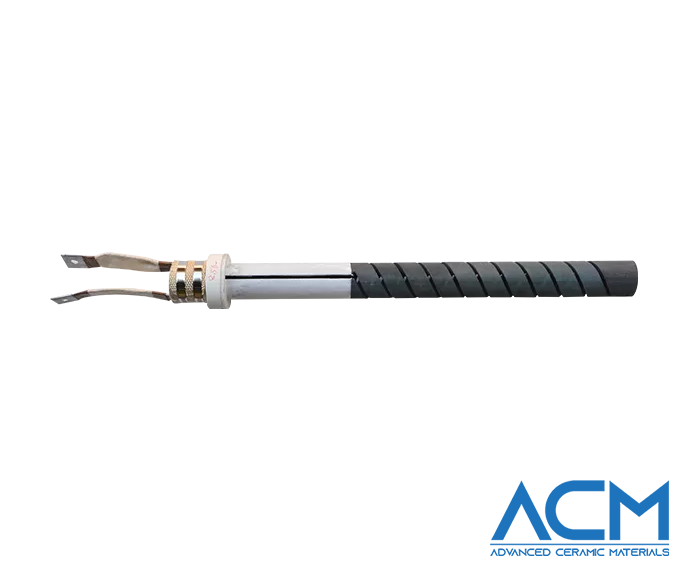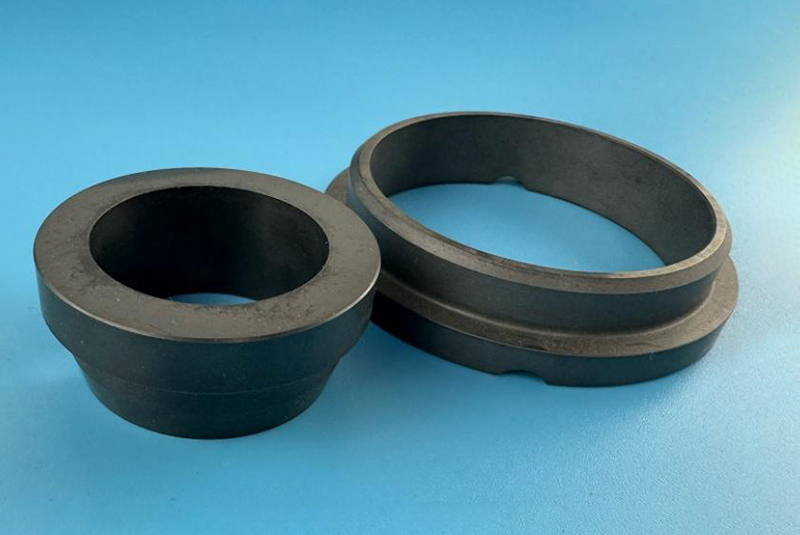Why Ceramic Heating Elements Outperform Metal Alternatives: Size, Efficiency, and Durability
1. Introduction
The choice of material is crucial in various heating solutions. Traditionally, metal heating elements have been widely used due to their excellent electrical conductivity and heat transfer properties. However, in recent years, ceramic heating elements have gained attention and preference because of their unique advantages. Understanding the characteristics of different materials, including specific ceramic types, helps in selecting the most suitable heating element for specific applications.
This article aims to explore the advantages of ceramic heating elements over metal alternatives in terms of size, efficiency, and durability. Through detailed analysis, it highlights how ceramic materials such as alumina (Al₂O₃), zirconia (ZrO₂), and silicon carbide (SiC) can be the optimal choice across multiple industries and applications.
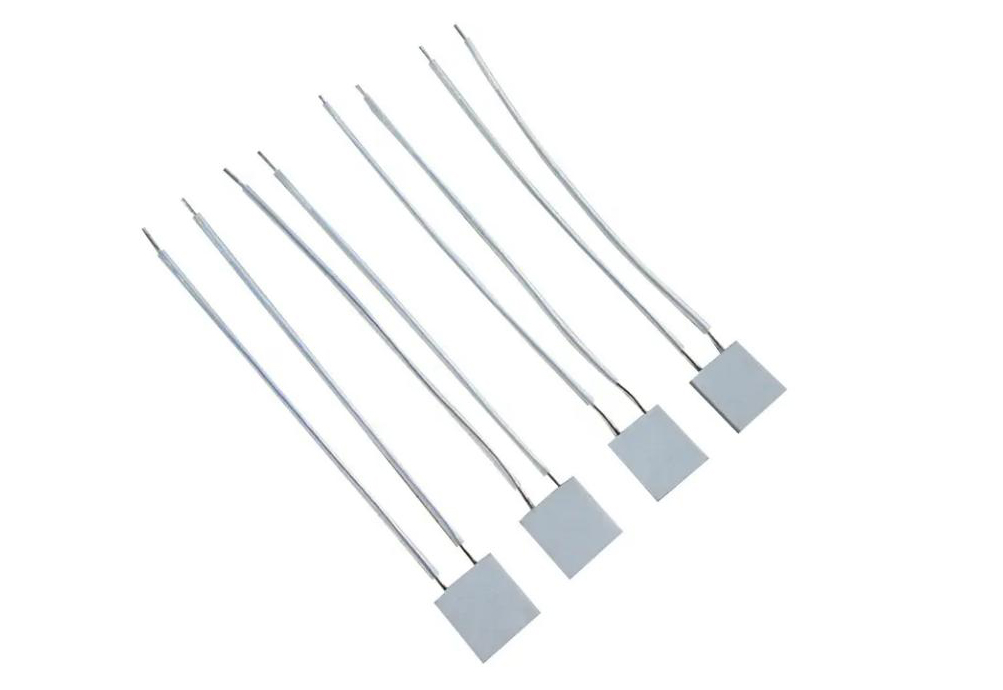
2. Size and Design
2.1 Customization Capabilities
Ceramic heating elements offer high levels of customization in terms of size and shape. Common ceramic materials used include aluminum oxide (Al₂O₃), zirconia (ZrO₂), and silicon carbide (SiC). Whether it's for large-area heating or complex geometrical designs, these ceramic materials can easily accommodate various requirements, meeting the demands of specific applications. In contrast, metal heating elements are limited by their material properties, making it challenging to achieve the same level of flexibility.
2.2 Design Flexibility
The design advantages of ceramic materials enable them to adapt to a wide range of application scenarios. For instance, silicon nitride (Si₃N₄) ceramics offer high-temperature stability and mechanical strength, allowing designers to integrate them into compact devices or systems that require extensive heating surfaces. This flexibility positions ceramic heating elements as a critical component in modern device design, whereas metal alternatives often fall short when faced with intricate designs.
3. Energy Efficiency
3.1 Energy Consumption Advantages
Ceramic heating elements achieve higher energy efficiency due to their superior insulation properties, which reduce energy losses. Materials like zirconia (ZrO₂) exhibit excellent thermal insulation, ensuring that more heat is directed toward the intended area rather than being lost to the surroundings. This not only lowers operating costs but also extends the lifespan of the equipment. In comparison, metal heating elements tend to lose heat more easily, necessitating higher energy consumption to maintain the same temperature levels.
3.2 Uniform Heat Distribution
Ceramic materials excel in providing uniform heat distribution, minimizing the occurrence of hot spots, and enhancing overall efficiency. For example, alumina (Al₂O₃) ceramics have high thermal conductivity, which ensures even heat dispersion across the heating element. This is particularly important for applications that require precise temperature control. Metal heating elements, on the other hand, often struggle to achieve the same level of uniformity, leading to reduced efficiency.
4. Durability and Reliability
4.1 Material Longevity
Ceramic heating elements made from materials such as alumina (Al₂O₃), zirconia (ZrO₂), and silicon nitride (Si₃N₄) demonstrate exceptional performance in high-temperature, corrosive, and abrasive environments, offering a longer service life. Their resistance to high temperatures and corrosion ensures stable operation even under harsh conditions. Conversely, metal heating elements are more susceptible to oxidation and thermal fatigue, resulting in shorter lifespans and the need for frequent replacements.
4.2 Maintenance Costs
The stability of ceramic materials translates to lower maintenance requirements for ceramic heating elements, maintaining good performance over extended periods. For instance, silicon carbide (SiC) ceramics are highly resistant to thermal shock and mechanical wear, reducing the need for frequent inspections and repairs. This reduces maintenance costs and enhances the overall reliability of the equipment. In contrast, metal heating elements require more frequent maintenance to prevent degradation and ensure safety, increasing long-term operational costs.
5. Additional Advantages
5.1 Safety
Ceramic heating elements inherently possess electrical insulation properties, reducing the risk of electrical hazards. Additionally, their non-flammable nature decreases the likelihood of fires and thermal runaway incidents, enhancing safety during use. Materials like zirconia (ZrO₂) provide excellent thermal stability, ensuring that the heating elements remain safe under extreme conditions.
5.2 Environmental Impact
Ceramic heating elements, such as those made from alumina (Al₂O₃) and zirconia (ZrO₂), are manufactured using environmentally friendly materials and processes, offering higher recyclability and a smaller environmental footprint. These ceramics can often be recycled or repurposed more easily than metals, which can generate more environmental pollution during production and disposal. This makes ceramic heating elements better suited to meet increasingly stringent environmental regulations.
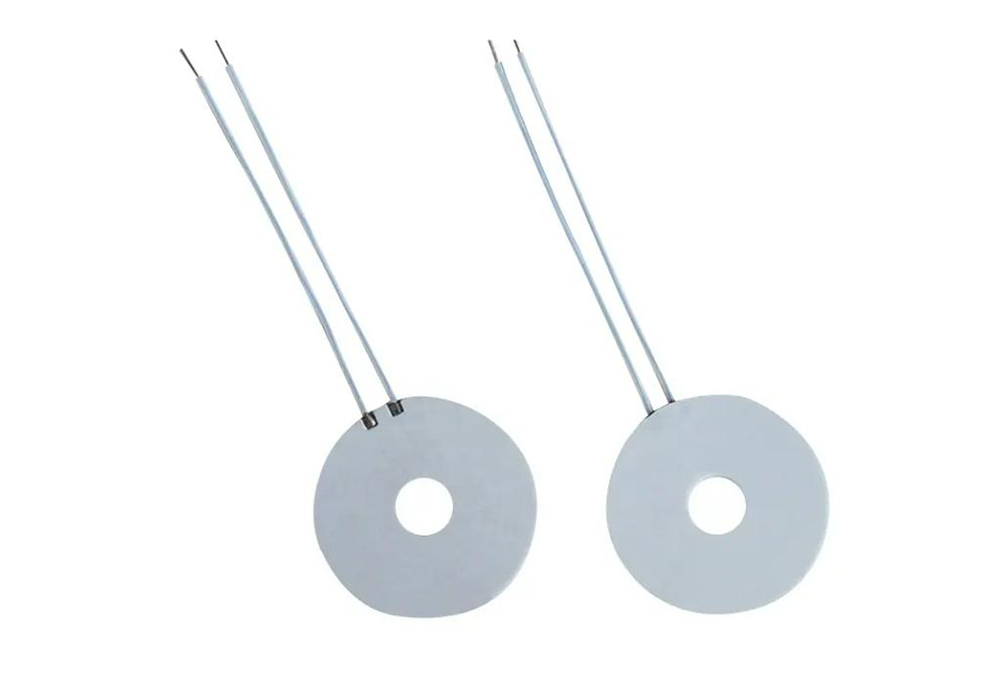
6. Practical Application Cases
Ceramic heating elements are widely used across various industries:
-
Industrial Manufacturing: Elements such as silicon carbide (SiC) are employed in high-temperature processing, improving production efficiency and product quality. Their ability to withstand extreme temperatures makes them ideal for processes like metal forging and glass production.
-
Home Appliances: Alumina-based ceramics are found in heaters and ovens, extending the lifespan of the devices. Their uniform heat distribution ensures consistent cooking or heating results, enhancing user satisfaction.
-
Automotive and Aerospace Industries: Ceramic materials like zirconia (ZrO₂) ensure system reliability and efficiency. In automotive applications, they are used in catalytic converters and sensors, while in aerospace, they contribute to thermal protection systems.
-
Renewable Energy Systems: Ceramic elements play a crucial role in solar thermal collectors and other renewable energy technologies, contributing to sustainable development initiatives by improving energy conversion efficiency.
7. Conclusion
Ceramic heating elements exhibit significant advantages in terms of size customization, energy efficiency, and durability. Their high levels of customization and design flexibility, enabled by materials such as alumina (Al₂O₃), zirconia (ZrO₂), and silicon carbide (SiC), make them suitable for a variety of complex applications. Enhanced energy efficiency and uniform heat distribution improve overall performance, while exceptional material longevity and low maintenance requirements ensure long-term reliability.
Advanced Ceramic Materials (ACM) specializes in providing a wide range of high-quality ceramic heating elements, including alumina (Al₂O₃), zirconia (ZrO₂), and silicon carbide (SiC). Our products are designed to deliver reliable and efficient heating solutions for various industries. By choosing ACM, customers can trust in the durability and performance of our ceramic heating elements to meet their specific application needs.
{{item.content}}
LEVE A REPLY
{{item.children[0].content}}
{{item.content}}
LEAVE A REPLY
SUBSCRIBE OUR NEWSLETTER
- Boron Nitride in Cosmetics: Enhancing Performance and Sensory Appeal
- Maximize MOCVD Yield and Purity with Hexagonal Boron Nitride Setters
- What Are the Advantages and Uses of Boron Nitride Ceramic Sheet?
- The Compression Annealing Advantage for Pyrolytic Boron Nitride
- Beyond Insulation: The Surprising Spectrum of Ceramic Thermal Conductivity









